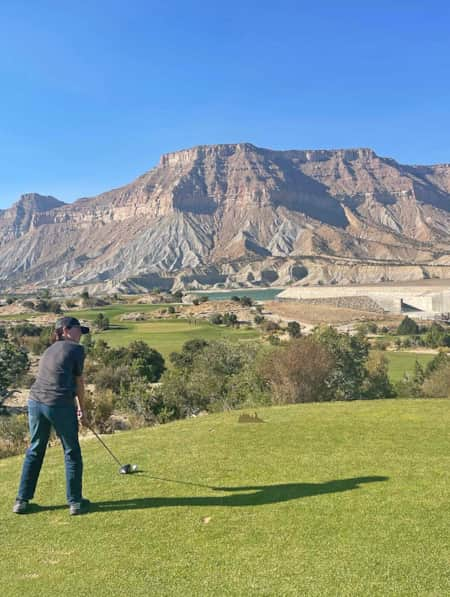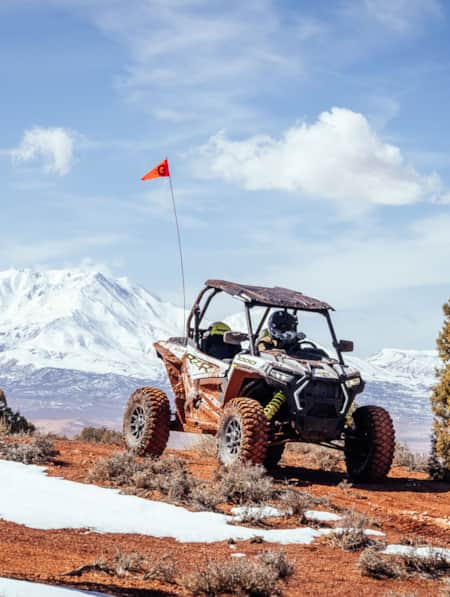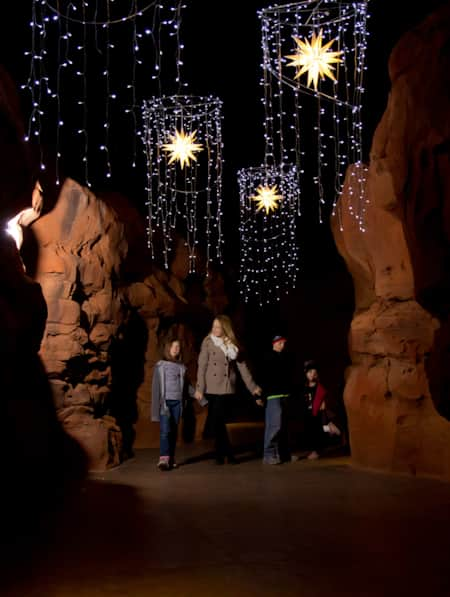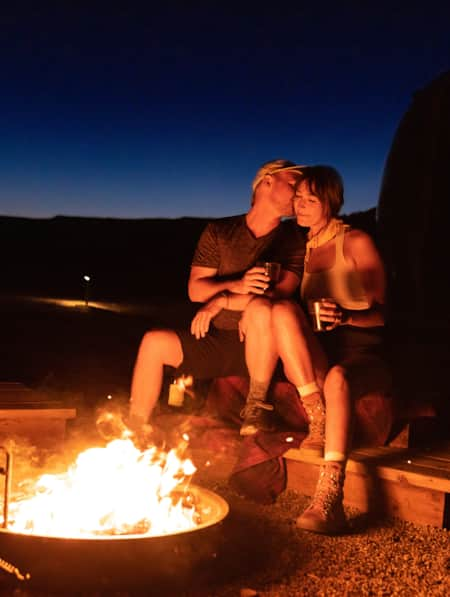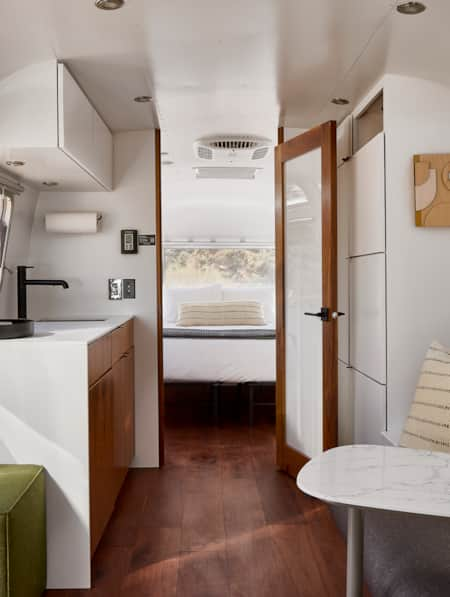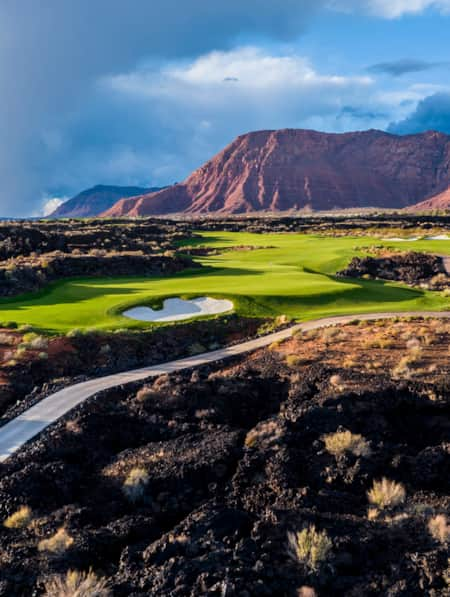
Winter in Southern Utah Like a Local
Southern Utah comes alive in winter with unexpected experiences for those who are well-prepared and solitude for those who want to expand their view.

But winter’s relative solitude means you will need to be self-sufficient in case of the unexpected, including emergencies.

Winter in Southern Utah can mean more solitude along the trails.
How to Prepare
-
Be Self-Reliant
Winter’s relative solitude means you will need to be self-sufficient in case of the unexpected, including emergencies. In remote areas, fewer people will be around — including both rangers and visitors — so plan ahead. Be sure to pack a first aid kit, plenty of food and water, survival supplies and let someone know where you are going and when you plan to return. Fill out a trip plan and leave it with someone who is not going on the trip. See our complete packing list for a Southern Utah winter adventure.
-
Be Weather-Wise
Weather conditions can vary widely across Southern Utah. St. George is located at 2,700 feet in elevation and often has warmer temperatures than high-elevation Bryce Canyon National Park (9,100 feet). Consult the weather forecast for your intended destination as well as areas you may pass through on the way there, and be aware conditions can change rapidly. If you’ll be in snowy backcountry areas, be aware of avalanche conditions. If you’re visiting a park, check the park website for weather conditions, potential road and trail closures, winter activities and more or call the ranger station with any specific questions.
-
Check for Closures
While most businesses are open in winter, be prepared for limited amenities and potentially reduced hours. While larger towns will likely have everything you need, smaller outposts may be closed for the season. If you have your heart set on a particular activity or experience — such as dining at a particular restaurant — call ahead to make sure it will be open. Hotels and visitor centers are good resources for finding out what’s open.
-
Consider Hiring a Guide
If you’re new to traveling in winter conditions or experiencing the outdoors in winter, hire a guide or join a group trip. Skilled guides and tour companies can teach important winter skills in a safer environment while providing an unforgettable experience.
-
Plan for Winter Driving
Be sure to check road conditions (and closures) and be prepared for winter driving conditions such as ice, snow and sleet. Snow tires, chains and 4-wheel-drive can be useful, and may be required by law in some areas. Be sure your vehicle is well-equipped and well-maintained with good tire tread and traction. Be sure you have the skills and experience for winter driving, and refresh your knowledge with the National Highway Traffic Safety Administration’s winter driving tips.
-
Time Your Visit
If you’re looking for fewer crowds, try to avoid major holidays and plan a visit on weekdays, if possible. Utah’s national parks generally offer more services (in the parks themselves and in their gateway communities), so they are a good starting point for first time winter travelers.

Hiking Hickman Bridge Trail in Capitol Reef National Park
Photo: Andrew Burr
Be Respectful
Do your part to Keep Utah Forever Mighty by being a respectful and responsible visitor.
Leave No Trace: Be sure to follow the seven Leave No Trace Principles, including minimizing impact, disposing of waste properly and leaving things where you find them. If you find rock art or artifacts, leave them where they are and never make markings.
Watch out for Biocrust: Fragile cryptobiotic soils (which contain algae, microfungi and cyanobacteria) are an important part of the desert ecosystem. They serve vital roles, including reducing erosion, and are very susceptible to damage by off-road vehicles or even a footprint from veering off trail. Stay on the trail or travel on durable surfaces, and keep an eye out for these fragile soils so you “don’t bust the crust.” Read more tips for winter hiking in Utah.
Be Prepared When Nature Calls: In the event that nature calls and vault toilets are not available, the most responsible option is to pack it out. (Read: "How to Poop in the Outdoors"). Bring a “wag bag” with you and know how to use it — no one likes to come across toilet paper “flowers.”
Be Considerate of Others: Allow other visitors to experience nature's quiet and solitude. Be respectful when driving through neighboring communities, and dispose of trash only in properly designated locations.
Practice Mindful Photography: Capture incredible scenery and memories while being a mindful photographer. Learn how to photograph the red rock beauty without causing any ecological harm or detracting from other visitors’ experiences.







